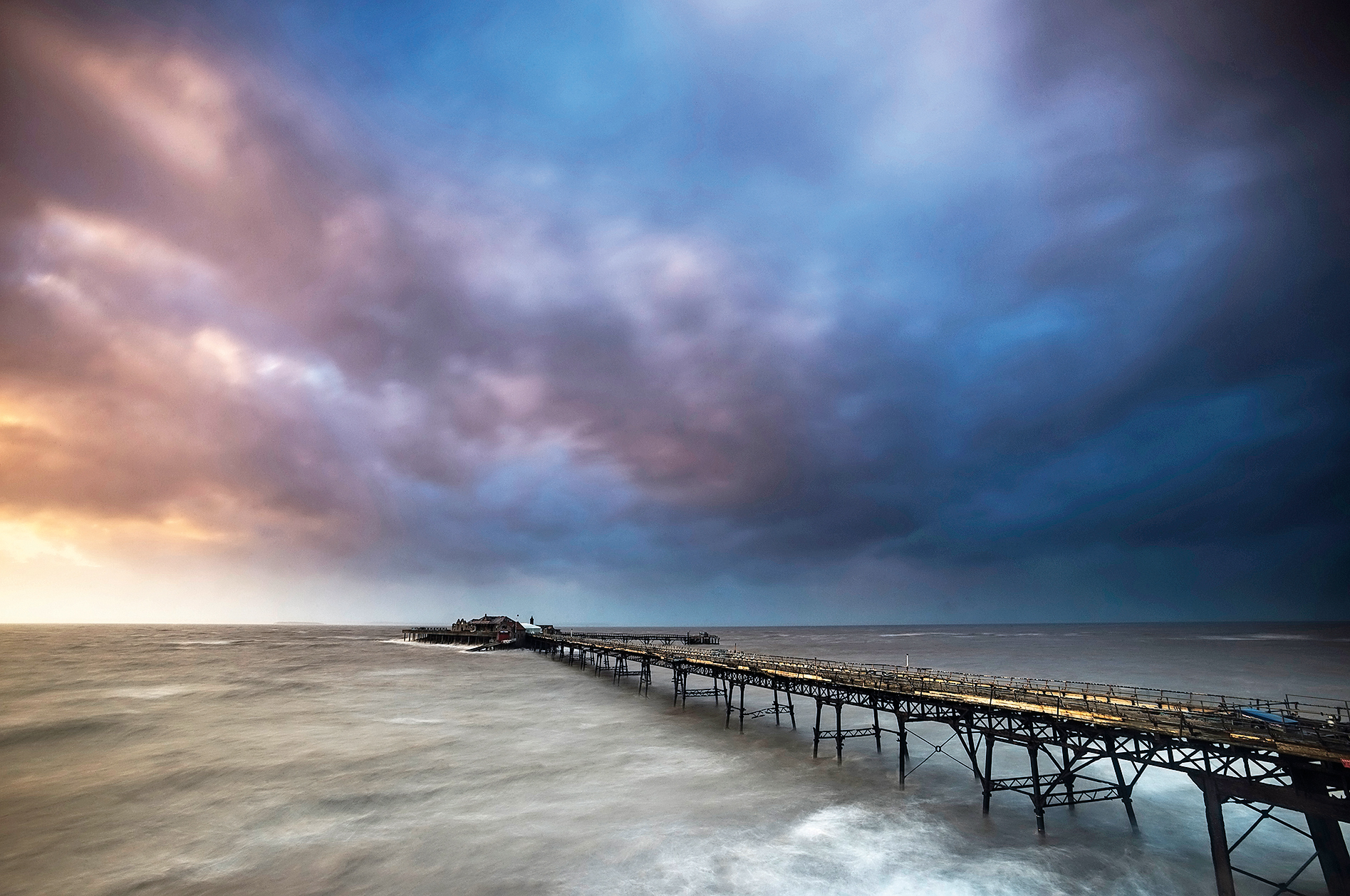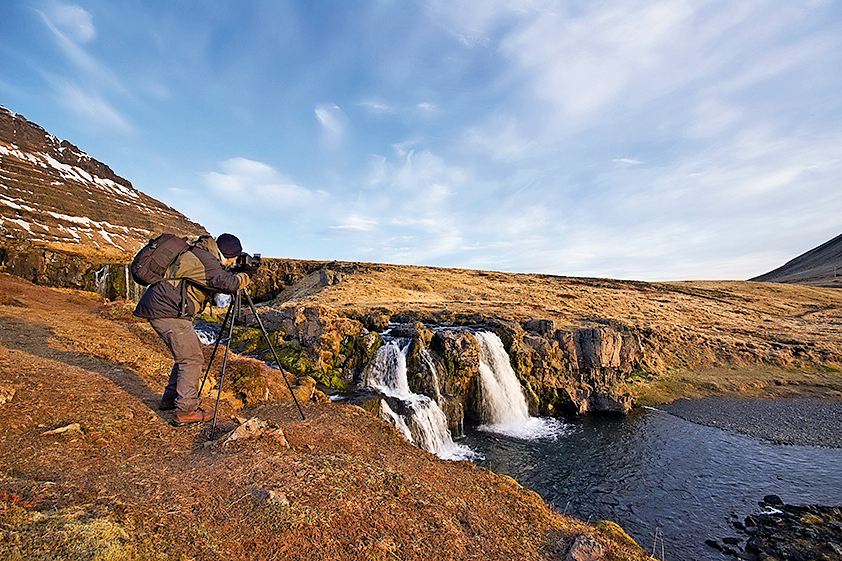The 10 laws of landscape photography
Discover how to capture your best ever landscape photos
Law 5: Don't just shoot in the best weather
Become a storm-chaser and you’ll get much more dramatic shots – but make sure you stay safe

Even though we can see the attraction of shooting landscapes while the sun is shining, we’re much more likely to get excited about the prospect of a good storm or weather front coming in than hold out for clear blue skies. This isn’t because we like getting cold, wet and blown around by gales, but because the colors, textures and light you can get just before or after a storm are among the most dramatic and eye-catching conditions for landscape photography.
Be careful out there
Going out in a storm isn’t to be taken lightly, because there are plenty of potentially dangerous things that can happen to both you and your kit. So, you need to make sure that you’re not putting yourself at risk, and that you have suitable clothing if the rain or wind takes a turn for the worse.
Protect your gear
Of course, you also need to make sure that your camera gear is safe and remains dry. Take a strong, waterproof plastic bag (a bin-bag is perfect), so that you can quickly cover the whole camera if it starts to rain while the camera’s fixed to a tripod. Carry plenty of cleaning cloths for the lens glass and filters, along with a microfibre towel for drying off the camera body and lens.

Law 6: Don't just shoot from one viewpoint
Explore your location thoroughly and you might find the viewpoint everyone else wishes they’d shot from
Get daily insight, inspiration and deals in your inbox
Sign up for breaking news, reviews, opinion, top tech deals, and more.

After you’ve done your research and looked at previous images of the location, it’s tempting to turn up and simply head straight for the viewpoint that has been shot many times before, or perhaps scout around but settle for the first viewpoint that you find that works. But there are usually many viewpoints that you can use, taking shots that offer a fresh take on a familiar subject.

Finding the right spot may be simply a matter of spending a few minutes walking around the location, trying to assess all of the possible viewpoints, and using different elements in the foreground or background. It may also be a more time-consuming process where you have to travel around a broader area and assess several different spots.
This second approach is more common if you’re shooting a large feature such as a mountain or a lake, where the possible viewpoints are some distance apart. Remember that this extra time and distance may also mean that you may get to all areas in a single visit, particularly if you want to capture sunrise or a sunset.

Phil Hall is an experienced writer and editor having worked on some of the largest photography magazines in the UK, and now edit the photography channel of TechRadar, the UK's biggest tech website and one of the largest in the world. He has also worked on numerous commercial projects, including working with manufacturers like Nikon and Fujifilm on bespoke printed and online camera guides, as well as writing technique blogs and copy for the John Lewis Technology guide.
